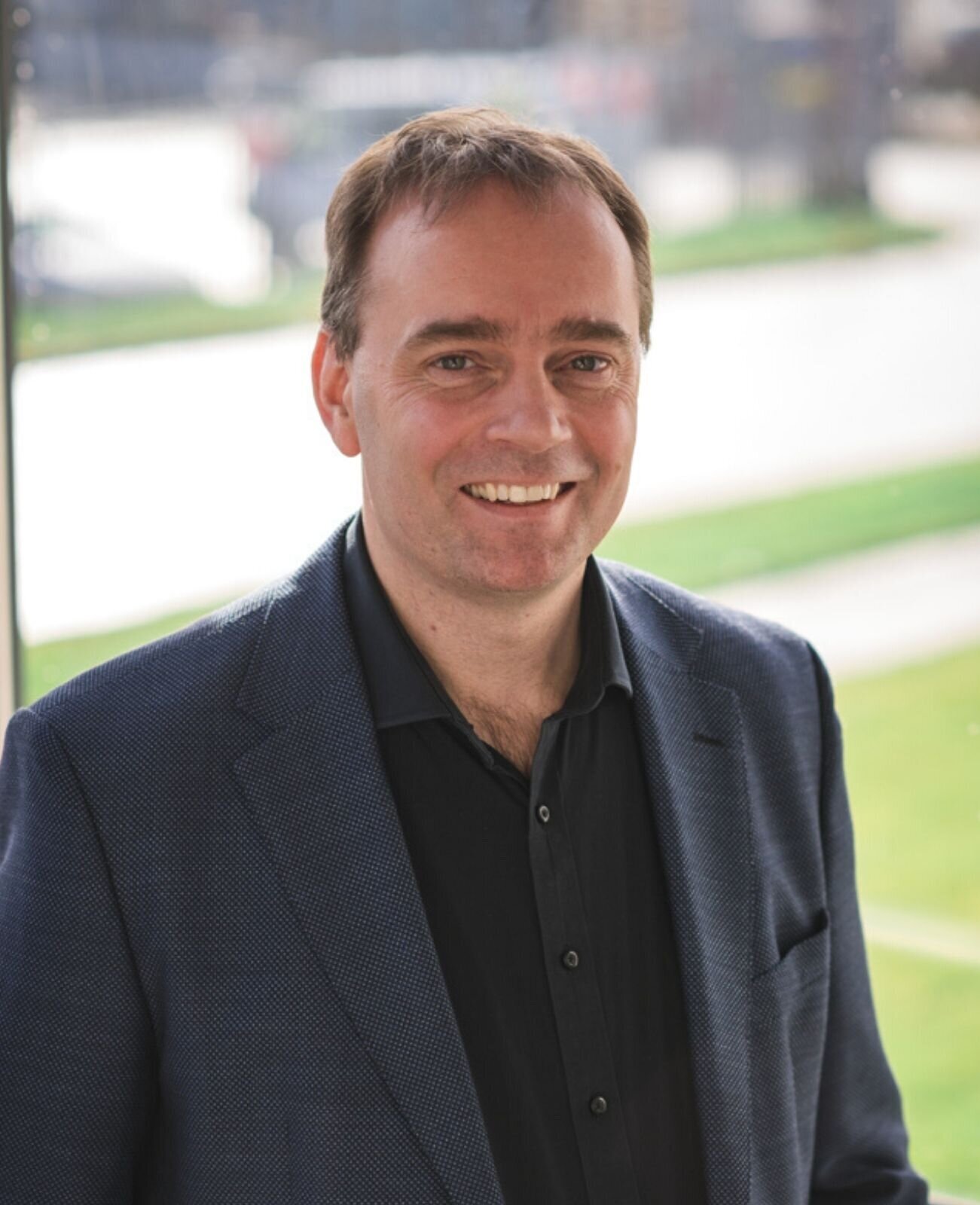Assessing the waste parameters
/In my previous blog post on the process we use at SAS Environmental Services to deliver the right solution to each of our clients I covered the importance we place on understanding the issues surrounding the oil waste and the required outcomes to achieved.
In this blog I want to talk a little bit about the second step on the road to successful waste treatment. We call it the “Assess” step and it really contains a lot of our experience of gained in successfully managing oil waste projects and the effectiveness of our unique chemical technology in new and existing operations.
Because we have a unique chemical technology that enables a whole new way of treating and managing oil based waste the assumption is often that the chemistry needs to be tested on the waste itself. In most cases this is not needed as we already know from 20 years of operations where the chemistry will be effective and where it will not. The assessment here is about the exact parameters of the oil waste in questions and the nature of the treatment process. Oil waste such as slop or sludge is almost always variable in composition. This means any effective treatment process will need to have several steps. This can include a pre-screening step, blending in of solvents or oil or water and the use of heat. The assessment going on at this stage is the determination of the steps needed to take the waste from one state (the start) to another state (treated). This often takes the form of conversation with the client and at times some additional lab work to confirm and evaluate the impact of these waste manipulations.
“The assessment here is about the exact parameters of the oil waste in questions and the nature of the treatment process. ”
Once we have an outline of the steps needed to treat the waste and we have a clear view of the operational circumstances (Remote site? Power availability? Space?) we can sit down with the client and discuss the economics of the process, what investments are required and to what extent the existing infrastructure can be augmented using our technology to improve results.
At this point we have a clear picture of the steps needed to treat the waste and the operational circumstances in which to treat the waste. There is also a good understanding of the expected economics. That means it is time to “Design” the process and solution! More on that step in the next blog.



